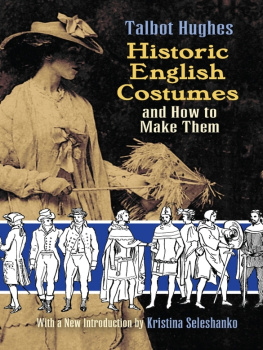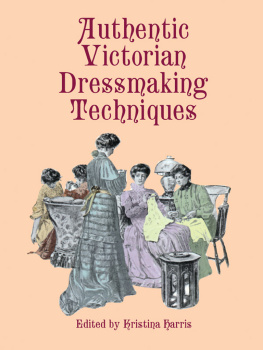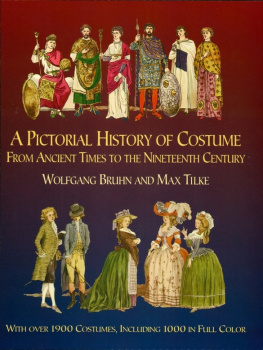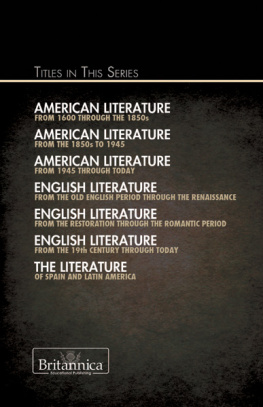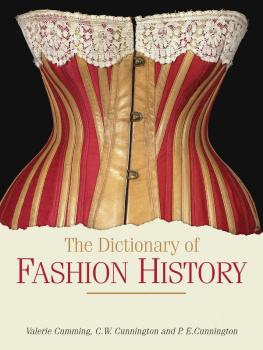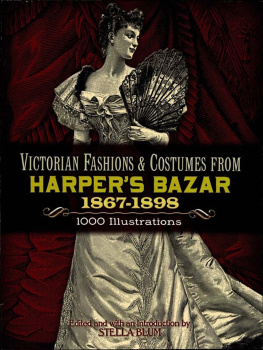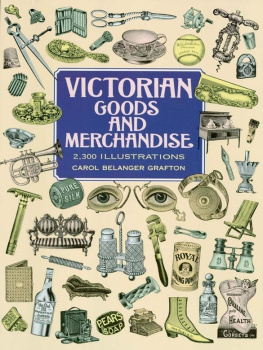ACKNOWLEDGMENTS
FOR permission to examine specimens of garments, trade catalogues and old records, and to obtain photographs; for technical information generously supplied, and for help in our researches, we are specially indebted to:
The British Museum; the Victoria and Albert Museum; the National Museum of Wales; the Belfast Museum; the Castle Museum, York; the Castle Museum, Norwich; the City Museum, Hereford; the Holly Tree Museum, Colchester; the Gallery of English Costume, Manchester; the Whitworth Art Gallery, Manchester; the Wenham Art Society, Massachusetts, U.S.A.; LUnion Franaise des Arts du Costume, Paris; Nordiska Museet, Stockholm; the Rosenborg Slot Museum, Copenhagen; the Metropolitan Museum of Art, New York; the Dean and Chapter, Westminster Abbey.
The Tailor and Cutter, Mens Wear, The Drapers Record, The Outfitter, Corsetry and Underwear.
Messrs. Debenham & Freebody, Dickins & Jones, S. Simpson, Austin Reed, Hope Brothers, Welch Margetson & Co., Jaeger & Co., I. & R. Morley, Warner Brothers, Lillywhites, the Kettering Clothing Society, Atkinsons of Dublin, Tootal, Broadhurst Lee & Co., Charnaux Corset Co., Drew & Son of Bath, Newey Brothers of Birmingham.
The Essex Records, Chelmsford.
Messrs. Faber & Faber for permission to reproduce illustrations from English Womens Clothing in the Nineteenth Century. Executors of the late Mrs. Esdaile and the Oxford Press, for permission to reproduce an illustration from The Life and Works of Roubiliac.
We have also to thank those whose family records have supplied us with valuable information, and we owe much to Miss Phillipson for her drawings, and to our secretary, Miss Coleman, for her careful revision of the text.
APPENDIX
THE STURE SHIRTS
These famous shirts, four in number, now preserved at Uppsala Cathedral, Sweden, formed part of the clothing of the Sture family, Swedish aristocrats murdered in 1567.
The material is two-thread linen twill; the shirts consist of front-piece and back-piece joined across the shoulders and at the sides by seams. Two have high attached collars ornamented along the top with a plaited frill; the sleeves of one have cuffs similarly ornamented. Two have no collars or cuffs, but instead a broad band in the low neck-opening and at the wrist. These may possibly have been used as nightshirts.
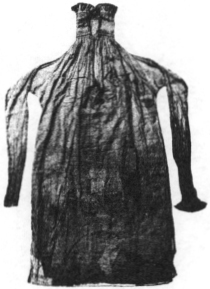
FIG. 119. A STURE SHIRT, 1567
The linen undergarment prior to about 1350 did not differ in cut from the upper garment, the tunic. When the tunic during the latter part of the fourteenth century was opened in front and provided with a collar, it is probable that the undergarment kept the shape of the old tunic. At the end of the fifteenth century it became fashionable with jackets cut low in front to show the shirt with its many folds and adornments.... At the close of the fifteenth century the sleeves had been drawn up towards the low neck and the slit had been moved to the side of the neck along the seam between the front piece and the sleeve. During the earlier half of the sixteenth century the low neck disappears, and high collars again come into fashion. It is in this phase of the evolution of the shirt that we have to place the Sture shirts, Nos. 1 and 2. They represent in relation to the medieval forms a new type with shoulder seam and narrow, reinforcing crosspiece.
(Extract from Livrustkammaren, Vol. IV: 8-9. Stockholm.)
BIBLIOGRAPHY
PRIMARY SOURCES
Medieval miniatures and effigies; contemporary poetry, drama, fiction and diaries, the authors of which are mentioned in the text.
Portraits and prints of the respective periods.
Numerous fashion journals of the nineteenth and twentieth centuries, such as The Beau Monde, La Belle Assemble, The World of Fashion, The Art of Tying the Cravat (1828), The Whole Art of Dress(1830), The Tailor and Cutter (from 1869 to 1930), The Queen, The Lady, The Gentlewoman, Vogue, Eve, The Ladys Realm, Harpers Bazaar, etc.
Catalogues of the wholesale and retail firms mentioned under Acknowledgments.
The collection of specimens in those museums similarly mentioned.
A number of old newspapers.
SECONDARY SOURCES
The works of Joseph Strutt, Dress and Habits of the English; Manners and Customs of the English (1796).
Fairholts Costume in England (4th ed., 1909).
Shaws Dresses of the Middle Ages (1843).
Planchs Encyclopaedia of Costume (1876).
Ernest Lotys Le Corset (c. 1890).
Kelly and Schwabes Historic Costume (2nd ed., 1927) and History of Costume (1931).
Leloirs Histoire du Costume (1935 et seq.).
Adrien Harmands Jeanne d Arc, ses Costumes, son Armure (Paris, 1929).
Linthicums Costume in Elizabethan Drama (1936). (To the two last-mentioned we are specially indebted.)
Eva Lundquists La Mode et son Vocabulaire (Gteborg, 1950).
Katherine Esdailes The Life and Works of Louis Franois Roubiliac(1928).
James Lavers Taste and Fashion (1937).
Wrights Domestic Manners and Sentiment in the Middle Ages (1862) and History of Caricature in Art (1865).
The works of John Ashton and W. C. Sydney on the social life of the seventeenth, eighteenth, and nineteenth centuries (1880 to 1890).
Numerous Memoirs and Lives.
I
Medieval Period
T HROUGHOUT the Middle Ages the underclothing of both sexes possessed a characteristic inherited from earlier times. By tradition it was a part of costume entirely lacking significance. Its function was purely utilitarian. It was not used to express class distinction and only very indirectly to enhance sex attraction. The absence of these features was due to the simple reason that very little of the underclothing was exposed to view. No doubt there was a wide variation in quality and workmanship between the garments of different classes, but as they were not usually perceptible to the spectator this could have created no obvious impression.
Not until after the Renaissance did underclothes develop those two important features, which have in varying degrees become essentials.
Contemporary literature supplies but vague descriptions of such garments, and the illuminated manuscripts only occasionallyand as it were by accidentgive glimpses of them. It is true that we can sometimes detect in the female figures a suggestion that they may be wearing something in the nature of corsets to narrow the waist; this would be, then, an undergarment used primarily for sex-attraction. But with that possible exception the underclothes of the period seem to have beenin every senseinsignificant. Even as utilitarian garments they appear to have been cumbersome and ineffective. The material used by the superior classes was linen, and in cold weather warmth was secured by adding to the outer garments, not by warmer underclothing. It is curious that this principle has been revived, especially by women, in modern times.
The modern conception of fashions in the costume of both sexes began to appear in the second quarter of the fourteenth century, with symbols of class distinction and sex attraction strongly marked; but this only applied to the visible garments. It did not percolate below the surface, where, being invisible, such symbols would have been wasted. Indeed until the close of the epoch the medieval attitude towards underclothing differed enormously from that of later times. So far from developing the symbolism of social rank or sex appeal, the idea of underclothes was associated with the idea that the body was sinful, a source of evil, which needed constant discipline. The wearing of a hair-shirt, for instance, was not only an act of penance but was also a meritorious habit.
Next page


